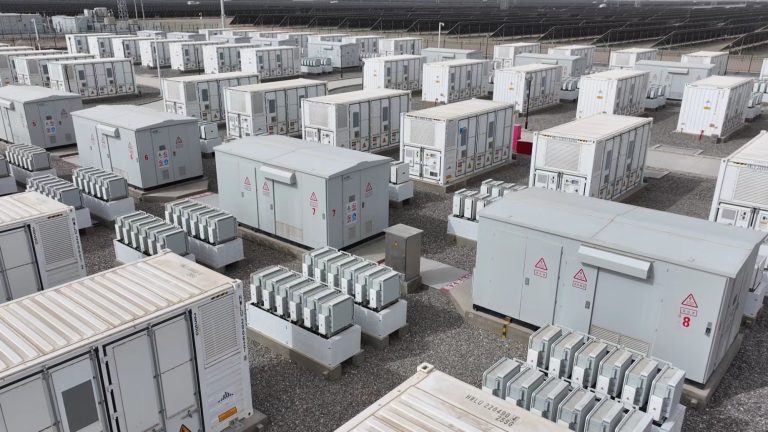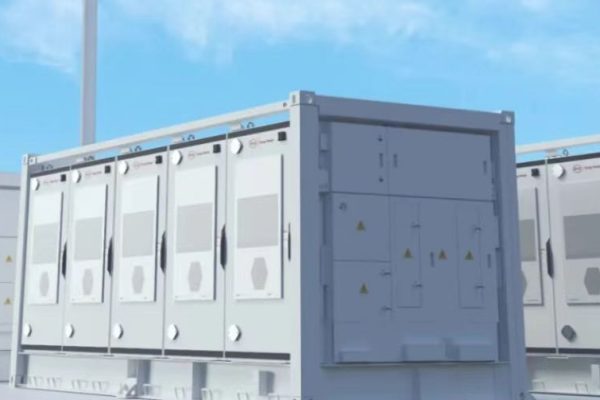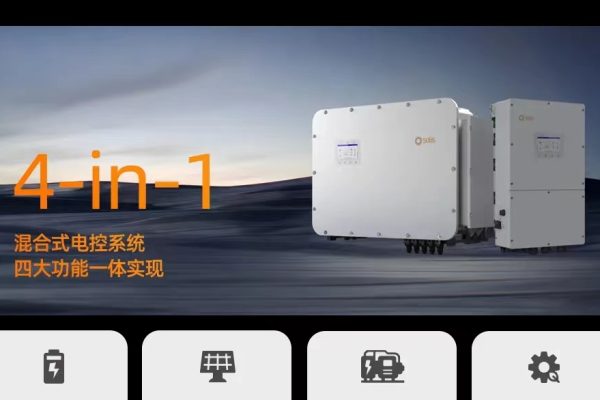Optimizing Energy Use for Small Commercial and Community Projects
1. Why Demand-Side Management Matters
As PV + ESS (photovoltaic plus energy storage) adoption grows in small commercial projects and microgrids, one challenge stands out: matching generation with consumption.
Even with abundant solar energy and battery storage, without proper demand-side management (DSM), systems may:
- Waste solar generation due to low daytime demand.
- Overload batteries during peak usage.
- Require unnecessary reliance on the grid or diesel backup.
Demand-side management is the art and science of aligning energy consumption with generation, ensuring efficiency, reliability, and cost savings.
2. What Is Demand-Side Management?
DSM refers to controlling and adjusting energy usage rather than just generating more power. Key components include:
- Load Shifting – running energy-intensive equipment when solar production is high.
- Load Shedding – temporarily reducing non-critical loads during peak demand or low storage.
- Peak Shaving – minimizing grid consumption during high-tariff periods.
- Automation & EMS – using software to control devices based on generation forecasts and battery state-of-charge (SOC).
Example:
A microgrid powering a small office can schedule air conditioning and EV charging during peak solar hours while delaying laundry or water heating until later.
3. Benefits of DSM in PV+ESS Microgrids
A. Increased Self-Consumption
- More solar energy is used on-site instead of being exported at low tariffs.
- Battery cycling is optimized, extending lifetime and efficiency.
B. Reduced Operational Costs
- Lower reliance on the grid during peak pricing.
- Reduced generator fuel consumption for hybrid setups.
C. Improved Reliability and Resilience
- Prioritized loads keep critical equipment running during outages.
- Microgrid operators can prevent overloading and blackouts.
D. Environmental Impact
- Better use of renewable energy reduces carbon footprint.
4. Core Strategies for Implementing DSM
1. Identify and Categorize Loads
- Critical loads: lighting, medical equipment, refrigeration.
- Flexible loads: water heating, EV charging, air conditioning.
- Optional loads: decorative lighting, non-essential appliances.
2. Define Operational Priorities
- Decide which loads must always be on and which can be shifted.
- For example, in a small retail microgrid, cash registers and security systems remain operational, while water pumps or HVAC can be delayed.
3. Integrate Smart Controllers
- Battery inverters or EMS can automatically adjust loads based on solar production, battery SOC, and grid tariffs.
- Example: EV chargers slow down or stop when battery SOC is low.
4. Schedule Energy-Intensive Activities
- Use programmable timers or EMS to shift operations like:
- Air conditioning during sunny hours.
- Laundry or water heating in early afternoon.
- Charging industrial batteries after peak load periods.
5. Real-Time Monitoring and Feedback
- Install energy meters and dashboards for operators.
- Provide alerts for overuse or system imbalance.
- Historical data helps refine DSM strategies and forecast future needs.
5. Practical DSM Applications in Small Microgrids
Commercial Buildings
- Offices, small factories, or retail stores can shift non-critical equipment to solar peak hours.
- Example: refrigeration loads can be cycled to reduce peak demand charges.
Community Microgrids
- Schools, clinics, or rural communities benefit from load prioritization during blackouts.
- Can integrate small diesel or generator backups intelligently.
Residential + Small Business Hybrid Systems
- Small shops or households sharing a microgrid can automate appliance schedules to minimize shared battery stress.
- Smart EMS ensures equitable power distribution across multiple units.
6. How Technology Enables DSM
- Battery Inverters: Provide peak shaving and load management features.
- Energy Management Systems (EMS): Automate scheduling and load response.
- Smart Meters & IoT Devices: Monitor consumption in real time and allow remote adjustments.
- Predictive Algorithms: Forecast solar production and load, optimizing battery dispatch.
Example:
A microgrid EMS predicts a cloudy afternoon. It shifts washing machines and EV charging to the next sunny period while maintaining essential lighting and refrigeration.
7. Challenges in DSM for PV+ESS Microgrids
- User Behavior – tenants may override automated controls.
- Limited Data – small projects often lack detailed load profiles.
- Technical Complexity – integrating multiple brands of inverters, batteries, and controllers can be challenging.
- Regulatory Constraints – some regions have restrictions on energy storage operation or net metering.
Mitigation:
- Provide simple user interfaces for monitoring and override.
- Start with critical loads only, expanding DSM gradually.
- Partner with vendors offering pre-tested, integrated solutions.
8. Positioning DSM for Small Commercial Clients
For SMEs and microgrid operators, DSM can be sold as:
- Cost savings – “Save on electricity bills and fuel costs.”
- Reliability – “Keep your business running during grid outages.”
- Ease of use – “Automated energy management without complex setup.”
- Sustainability – “Lower your carbon footprint while maximizing solar usage.”
Providing case studies and simple ROI examples makes DSM tangible for clients who may not be technical experts.
Demand-side management is a critical tool for optimizing PV + ESS microgrids, especially for small commercial projects and community energy systems. By shifting, shedding, and automating loads, operators can maximize self-consumption, minimize costs, extend battery life, and improve resilience.
For integrators and distributors targeting emerging markets, DSM can be a competitive differentiator, turning a standard PV + ESS system into a smart, reliable, and profitable solution.









